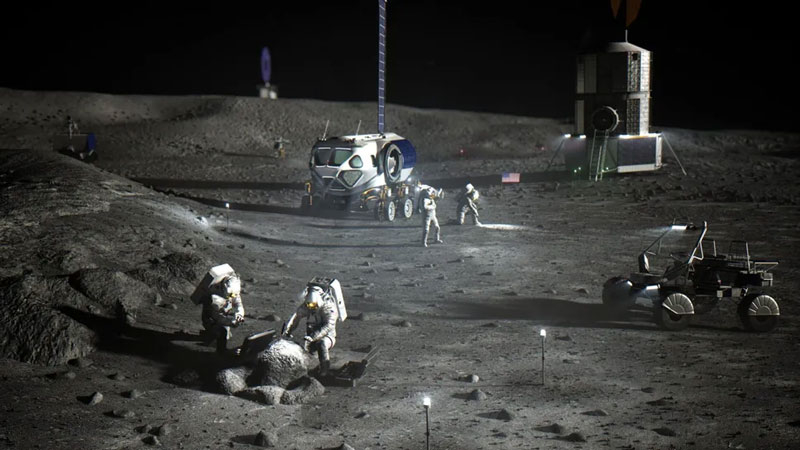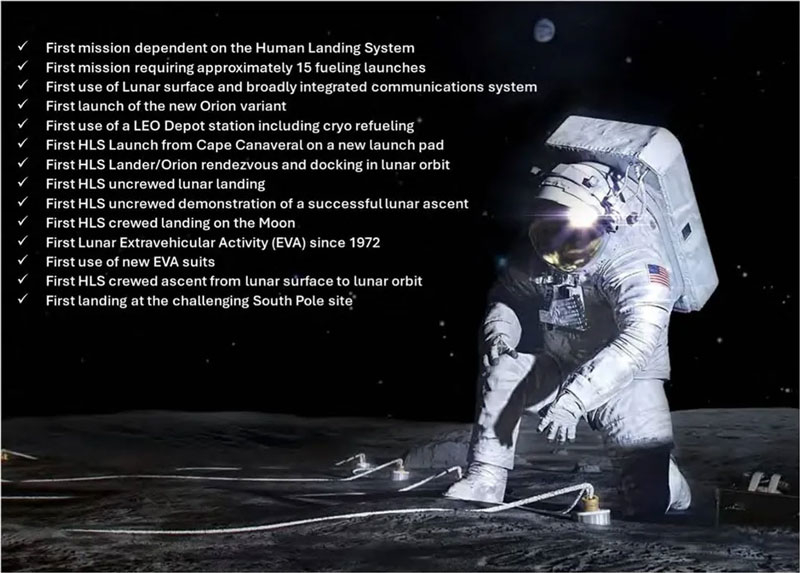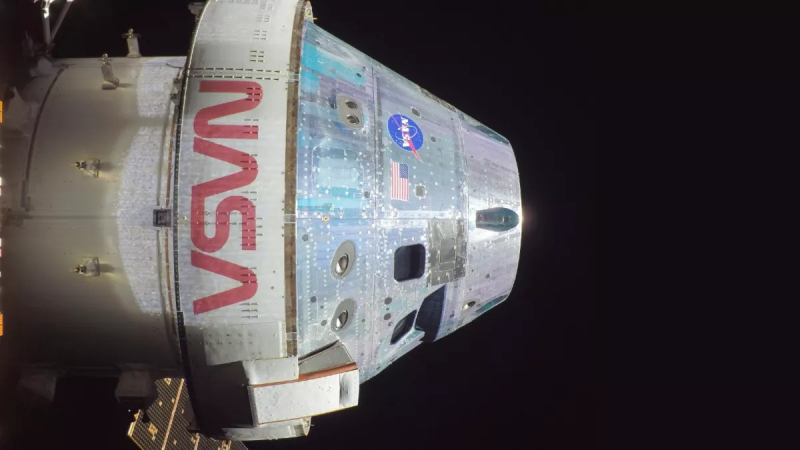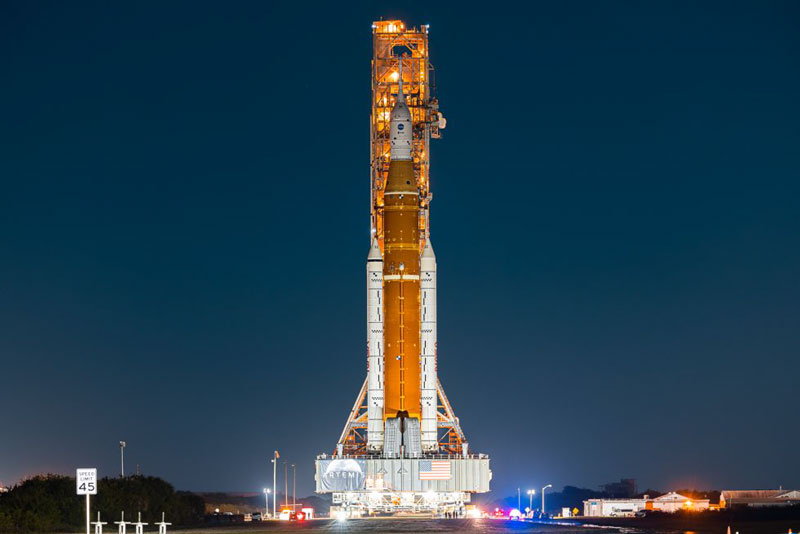The Aerospace Safety Advisory Panel (ASAP) has released its annual report. The group was created in 1968 to raise awareness among the NASA chief and the U.S. Congress. ASAP’s recommendations help guide decisions in a changing environment. The group’s latest report reflects the difficult situation facing major U.S. space programs, which have become too vulnerable to failure.

Image source: NASA
«Of particular concern are the risks associated with the development, integration, and execution of the Artemis campaign. NASA’s mandate to explore deep space to Mars and beyond is extremely complex and fraught with uncertainty,” the ASAP report explains. This is a key element of the exploration of the solar system. The Moon is a technology testing ground, a base, and a springboard for future missions. All of this is at risk today, ASAP warns.
In addition to the risks associated with the lunar program, the consultants noted significant problems with commercial low-orbit projects, in particular with the transition to private stations. As stated in the report, NASA does not control a number of aspects in this area, which is alarming. There are also questions about medical care and human health in space, and unstable funding for budget programs exacerbates the situation. The agency is not able to cover everything with its attention, and something needs to be done about this.

The Artemis program is experiencing problems in all key areas. The vast majority of elements associated with delivering people and a lander to the Moon’s orbit and surface have never been tested. This concerns the launch of tankers into orbit, the storage of cryogenic fuel in zero gravity, refueling, landing on the surface, and many other aspects. At the same time, NASA does not even know how to deliver the already completed 450-kilogram VIPER lunar rover to the Moon. What can we say about the more ambitious project of returning humans to the Moon?
The report pays special attention to the Orion spacecraft for delivering astronauts to the lunar orbit. As is known, its heat shield turned out to have a technological defect. For the Artemis 2 mission, it was left unchanged, and the trajectory of the ship’s entry into the Earth’s atmosphere was adjusted in such a way as to reduce the load on the shield. A new shield is planned for the Artemis 3 mission, but it has not even been tested yet. Later this year, ASAP will discuss this issue with NASA in more detail. For now, there is enough time to resolve the issue: NASA’s return of man to the Moon has been postponed until mid-2027.
ASAP praised NASA’s commitment to safety, notably the Boeing Starliner crash, which the agency took no chances on and returned to Earth unmanned. ASAP considers this one of the most important achievements of the past year, although there are still many questions about the Starliner program itself. It is clear that the ship is not yet ready for NASA certification, and its completion will require significant time and additional investment, which is also a challenge for the agency.

«Lunar” ship Orion
SpaceX is a different story. Advisors warn NASA and SpaceX of the dangers of “success-induced vertigo.” SpaceX is doing well: launch rates are increasing, and the company is winning more contracts. But this could have uncontrollable consequences. “NASA and SpaceX must be careful that the rapidly changing operating environment does not interfere with sound judgment, thoughtful analysis, and careful implementation of corrective actions,” the report says.
Finally, ASAP highlights another serious problem: the continuing budget uncertainty due to Congress’s failure to provide timely and final appropriations.

«SLS Moon Rocket
«This ambiguity significantly limits NASA’s ability to plan and execute high-tech missions. Budget uncertainty can increase risks during development, create operational challenges in the future, divert attention from important work, create inefficiencies, and delay critical decisions that directly impact mission safety and success,” the group said in its report.
The new report was sent to Janet Petro, acting NASA administrator, as well as J.D. Vance, vice president and president of the Senate, and Mike Johnson, speaker of the U.S. House of Representatives. However, the document is not classified and is available here.